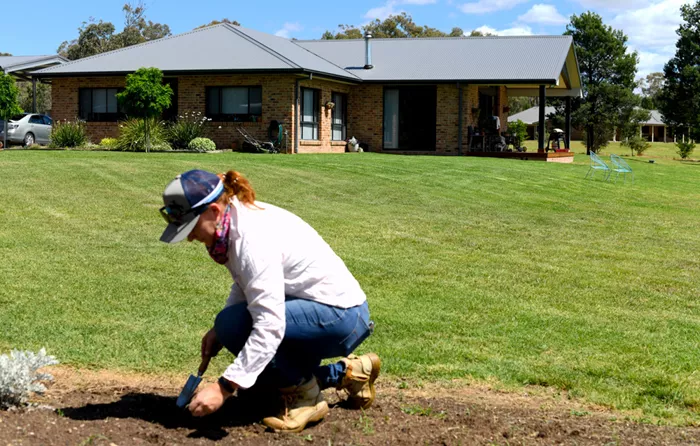Right now, the garden is quiet. Most flowers aren’t blooming, vegetables aren’t ripe, and even the slugs seem to be hibernating. For gardeners, this break can feel like a relief, with fewer tasks like pruning, weeding, and picking.
However, expert gardener Niall McCauley warns against one common mistake gardeners often make during this calm time. In a recent YouTube video, McCauley explained that while many weeds are dormant in February, some need to be dealt with immediately.
“I’m guilty of this myself,” McCauley admitted. So, what should you do?
Which Weeds Should You Remove in February?
McCauley stresses the importance of tackling weeds—especially perennial weeds—during February. Perennials are weeds that live for more than one growing season. Some may appear to die back in winter but will return in the spring. These include couch grass, bindweed, dandelions, oxalis, nettles, creeping thistle, docks, and others.
At this time of year, annual weeds aren’t much of a concern. The cold weather and lack of sunlight keep them dormant. However, perennial weeds are busy “building up their root systems and gaining strength,” McCauley explained.
Some weeds, like perennial horsetail, can be particularly difficult to remove once established due to their extensive root systems. McCauley describes these weeds as “quietly winning” while gardeners are distracted, preparing to “explode into life” once the growing season begins.
How to Tackle Weeds Right Now
McCauley advises gardeners to take action by manually pulling or forking up weeds, ensuring that all of their roots are removed. Experts, including those at the Royal Horticultural Society, agree that this is the most effective method for dealing with perennials.
Neither McCauley nor Gardener’s World recommends using weed killers on perennials with large root systems. These plants can regrow from small root pieces that herbicides often miss. Plus, weed killers are less effective in the cold temperatures of February.
After removing the weeds, McCauley suggests mulching the area to prevent further growth and keep your garden on track for the spring.


